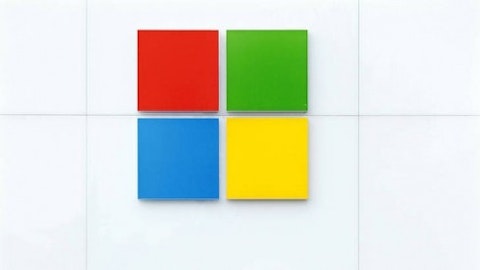That’s a lot of APUs, but combined sales of 20 million consoles in the first quarter of availability is not unthinkable, and I’m sure that Microsoft Corporation (NASDAQ:MSFT) and Sony Corporation (ADR) (NYSE:SNE) would rather have too many units available than not enough. What happens after that is anyone’s guess, which is why Advanced Micro Devices, Inc. (NYSE:AMD) execs wouldn’t speculate on Q4 revenue or console shipments. They simply don’t know.
Q4 and beyond
By Q4 APU shipments probably fall back to the 5 million/quarter range. Unless something dramatic happens in the PC side of the business, that isn’t enough to sustain profitability, since AMD’s revenue basically reverts to the roughly $1.2 billion of Q2.
When I first wrote about AMD back in April, I speculated that console APU’s might be able to save Advanced Micro Devices, Inc. (NYSE:AMD), but only with further cost cutting. Going forward, AMD will need to make further operating cost reductions to the tune of $30 million in order to break even in Q4 and beyond. Naturally, this is something that received special emphasis in AMD’s presentation, and investors should watch AMD’s cost cutting performance in Q3 to ensure that AMD is on track for further cuts in Q4. AMD predicted operating costs of $450 million for Q3.
A little expansion in the Windows PC and Tablet areas would be nice, but here the future looks very cloudy. The very mention of Intel Corporation (NASDAQ:INTC)’s Bay Trail seemed to produce yet more managerial asphyxiation among the Advanced Micro Devices, Inc. (NYSE:AMD) execs. It’s tough competing with Intel’s latest and greatest mobile chip when your foundries (either Global Foundries or TSMC) are a generation behind Intel in process technology. AMD is readying some processors for the Windows 8 ultralight and tablet markets, but going up against Bay Trail is going to be tough.
Advanced Micro Devices, Inc. (NYSE:AMD)’s main advantage is what got them the console APU wins, very capable internal graphics processors married to very capable CPUs. In neither category would the internal processors be the best on their own; it just isn’t possible (for AMD) to build best in class graphics and general purpose processing into a single piece of silicon. But in side by side tests, AMD’s best (the A10-6800K) trounces Intel Corporation (NASDAQ:INTC)’s best (the 4th gen Core i7 4770K) in graphics-intensive gaming. AMD was simply willing to build a more capable graphics processor into their machines than Intel Corporation (NASDAQ:INTC) was. But this could change.
In the meantime, Advanced Micro Devices, Inc. (NYSE:AMD) APUs for mobile may find an audience with mobile gamers, and eventually, a variant of AMD’s console APUs will become available for PCs, assuming that Microsoft Corporation (NASDAQ:MSFT) and Sony Corporation (ADR) (NYSE:SNE) haven’t locked Advanced Micro Devices, Inc. (NYSE:AMD) into too restrictive a licensing agreement. There’s every indication that the Xbox One and Playstation 3 game consoles have excited gamers worldwide with their combination of price and performance. These could provide a halo effect for AMD APU based PCs, but only if consumers can buy performance equivalent to or better than the new consoles.
The article AMD Pulls out of its Nose Dive originally appeared on Fool.com and is written by Mark Hibben.
Mark Hibben owns shares of Intel and Advanced Micro Devices, Inc. (NYSE:AMD). The Motley Fool recommends Intel Corporation (NASDAQ:INTC). The Motley Fool owns shares of Intel and Microsoft Corporation (NASDAQ:MSFT). Mark is a member of The Motley Fool Blog Network — entries represent the personal opinion of the blogger and are not formally edited.
Copyright © 1995 – 2013 The Motley Fool, LLC. All rights reserved. The Motley Fool has a disclosure policy.




